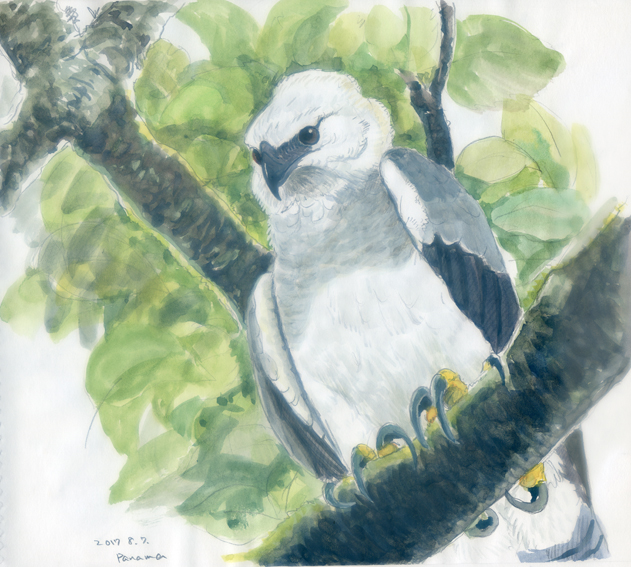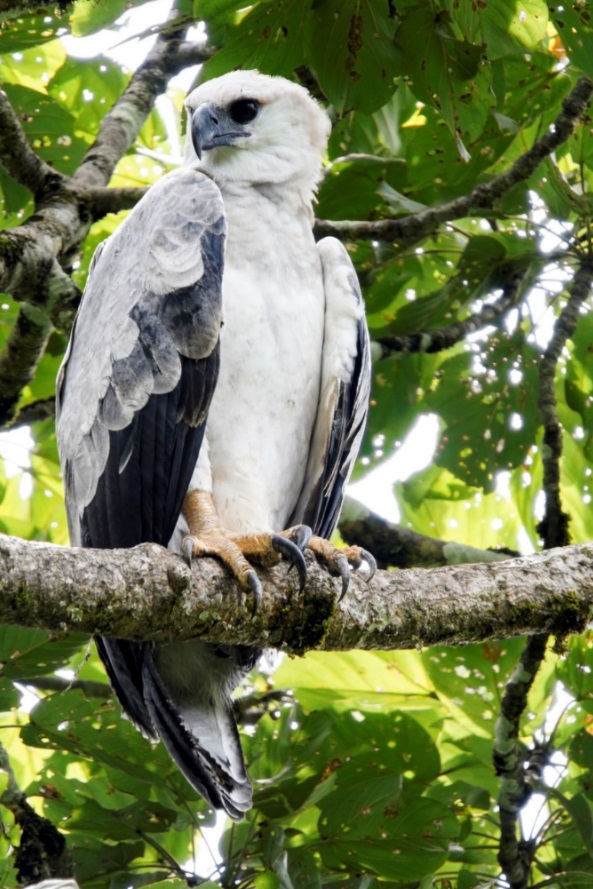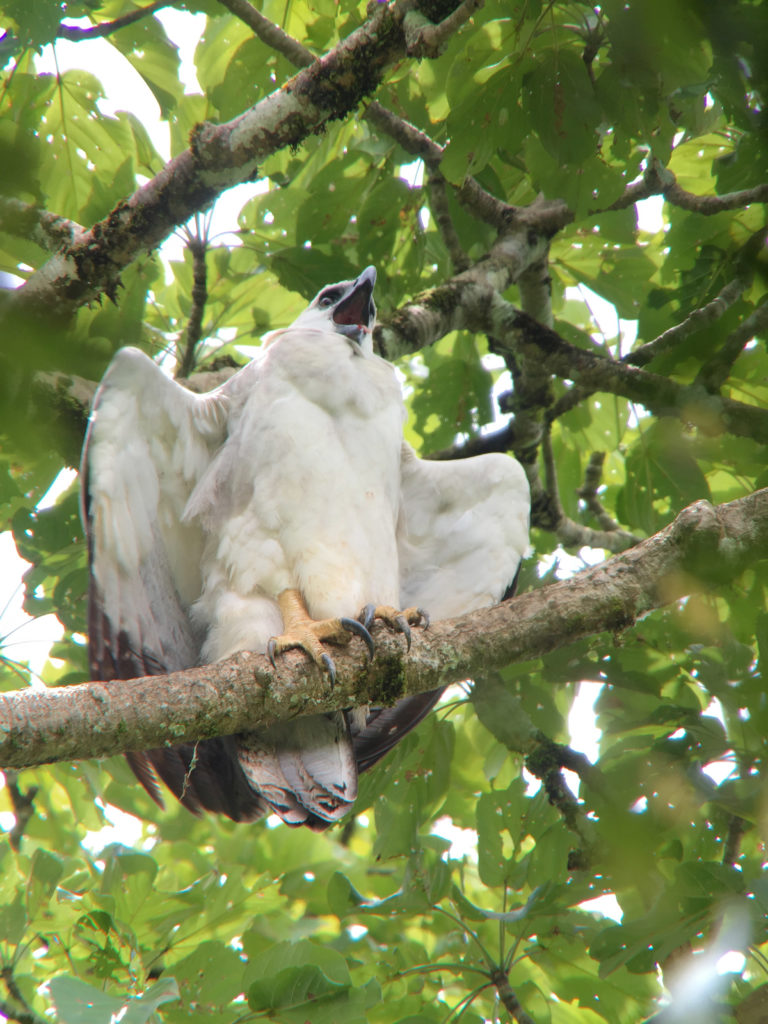The name given for our new spotting scope
In Greek mythology they pictured a harpy as a mixture between a raptor and a woman. The creature was the personification of the evil, especially of greed. As a kind of an embodied storm wind she was very fast and thereby invulnerable. On behalf of Zeus she killed human beings or just nabbed their soul. Even in Astrid Lindgren’s famous children’s book “Ronia, the Robber’s Daughter” the author took up the harpies that regularly attack Ronia and her friend Birk.
What is so special about this bird that is named after such creepy mythical creatures? First of all it is one of the largest birds of prey, and in fact it is even the strongest raptor. Its wingspan measures up to two meters and the female birds, which are heavier than the male, may weigh nine kilos. There are few photos of them, but in most of the existing ones you see prey under their impressive, strong talons. The back part of a harpy eagle’s talon grows up to seven centimeters.
SLOTHS AND MONKEYS ARE THEIR FAVORITE FOOD, BUT THEY ALSO TAKE A COATI OR AN OPOSSUM. EVEN BIGGER BIRDS AND SNAKES ARE HUNTED BY THE HARPY EAGLE; IT JUST KILLS THEM WITH ITS INCREDIBLY STRONG TALONS.
And it is not a bird one wants to approach too closely. Nevertheless it is a unique experience for bird-watchers, who are fortunately not on a harpy’s menu, to find a harpy eagle in Central or South America in subtropical woods and the rainforest. In total, estimates are that there are a maximum of 50,000 specimens, which populate mainly lowlands and partly hilly regions. On the Red List of the international Union for Conservation of Nature (IUCN) they are on the early warning list, which means they have the status of being “near threatened”. The bird is hunted and its habitat is endangered by rainforest deprivation.
One major challenge is that the harpy eagle does not reproduce very quickly as they are not very squeamish towards their offspring. One to three eggs are in the clutch of a female harpy, but she only hatches until the first one hatches out. She then stops immediately hatching and the other eggs do not have a chance of surviving. The young bird is first fledged after five to six months and furthermore needs ten months of care until it is really independent. Because of these high supervision expenditures of energy, the harpy eagle only breeds every second year the next young eagle.

For testing the new ZEISS Victory Harpia spotting scope some experts from ZEISS travelled together with a group of international journalists to Panama’s “Harpy Eagle Quest” in the province of Darien. Their goal was to get the namesake of the scope in front of their optics. In the beginning nobody believed that they would succeed. Heavy rain showers crossed their plans and those expeditions they could undertake were exhausting because of the soggy paths.
But the commitment of everybody was rewarded in the end: They observed a young harpy eagle that flew back to its breeding place. With the digiscoping accessories of the ZEISS spotting scope they took impressive close-ups.
If you are interested in a tour in Panama and to see the harpy eagle as well as up to 900 other species of birds may check this information.
Distribution map Harpy Eagle
Additional interesting facts

